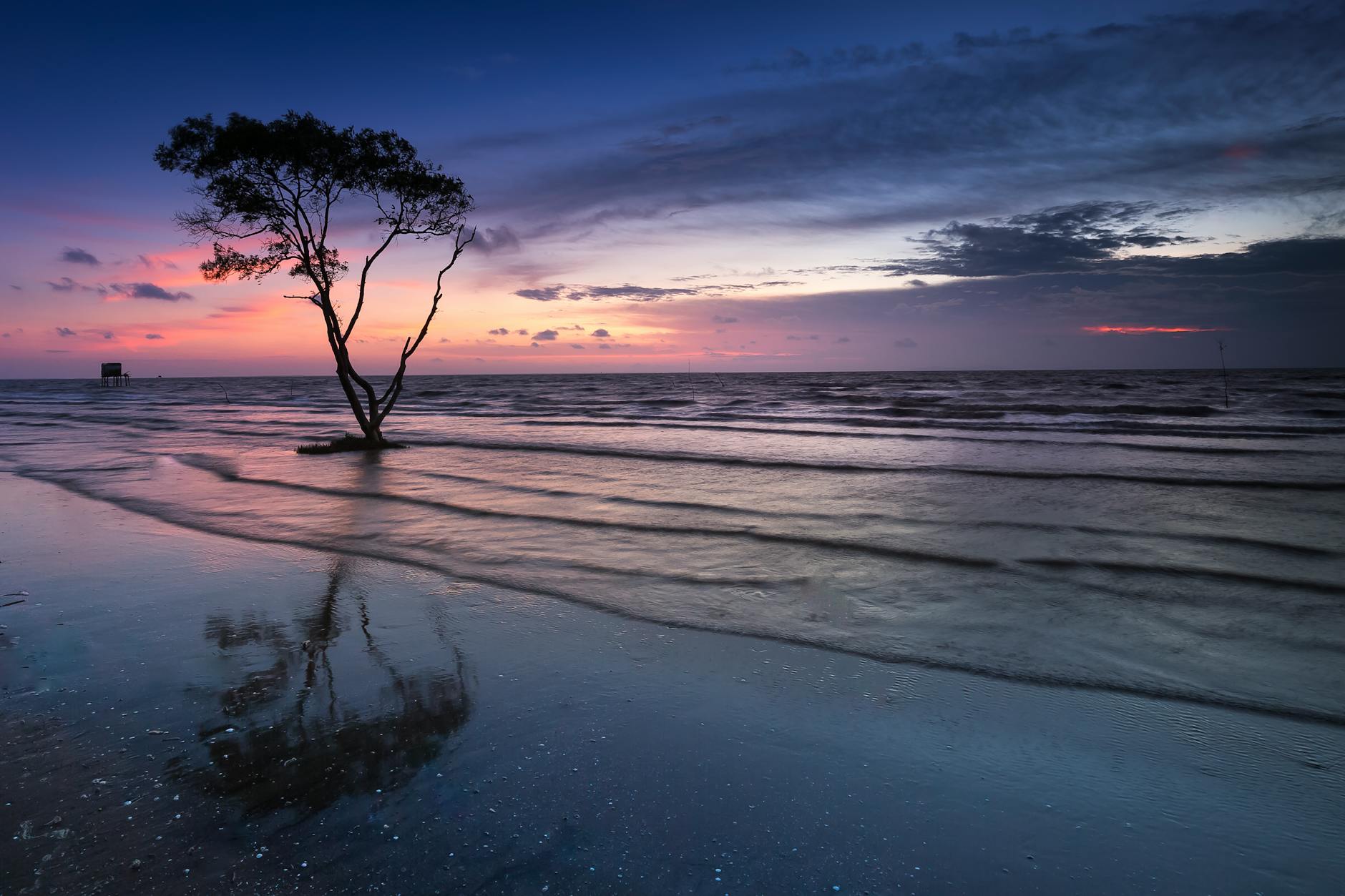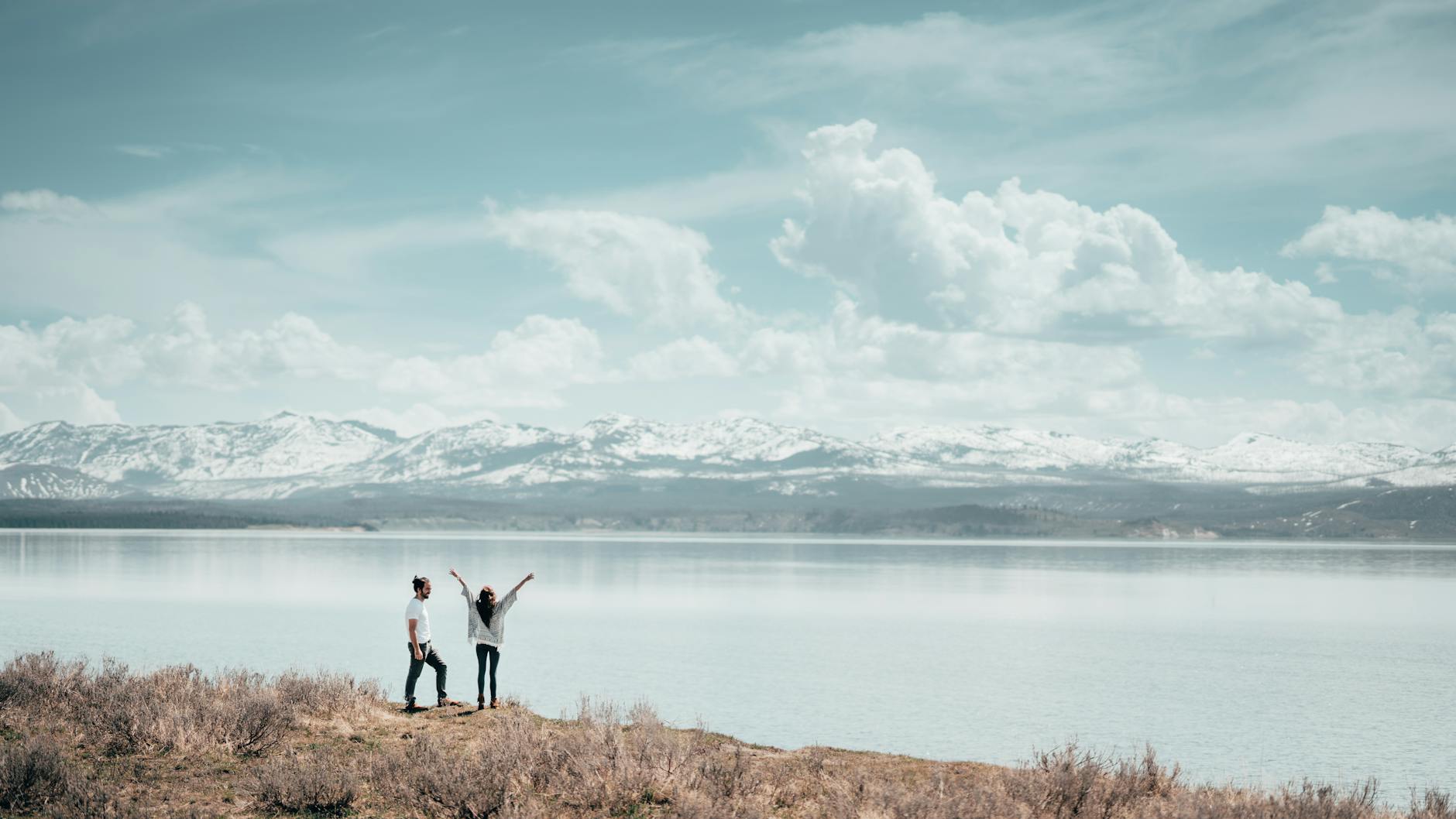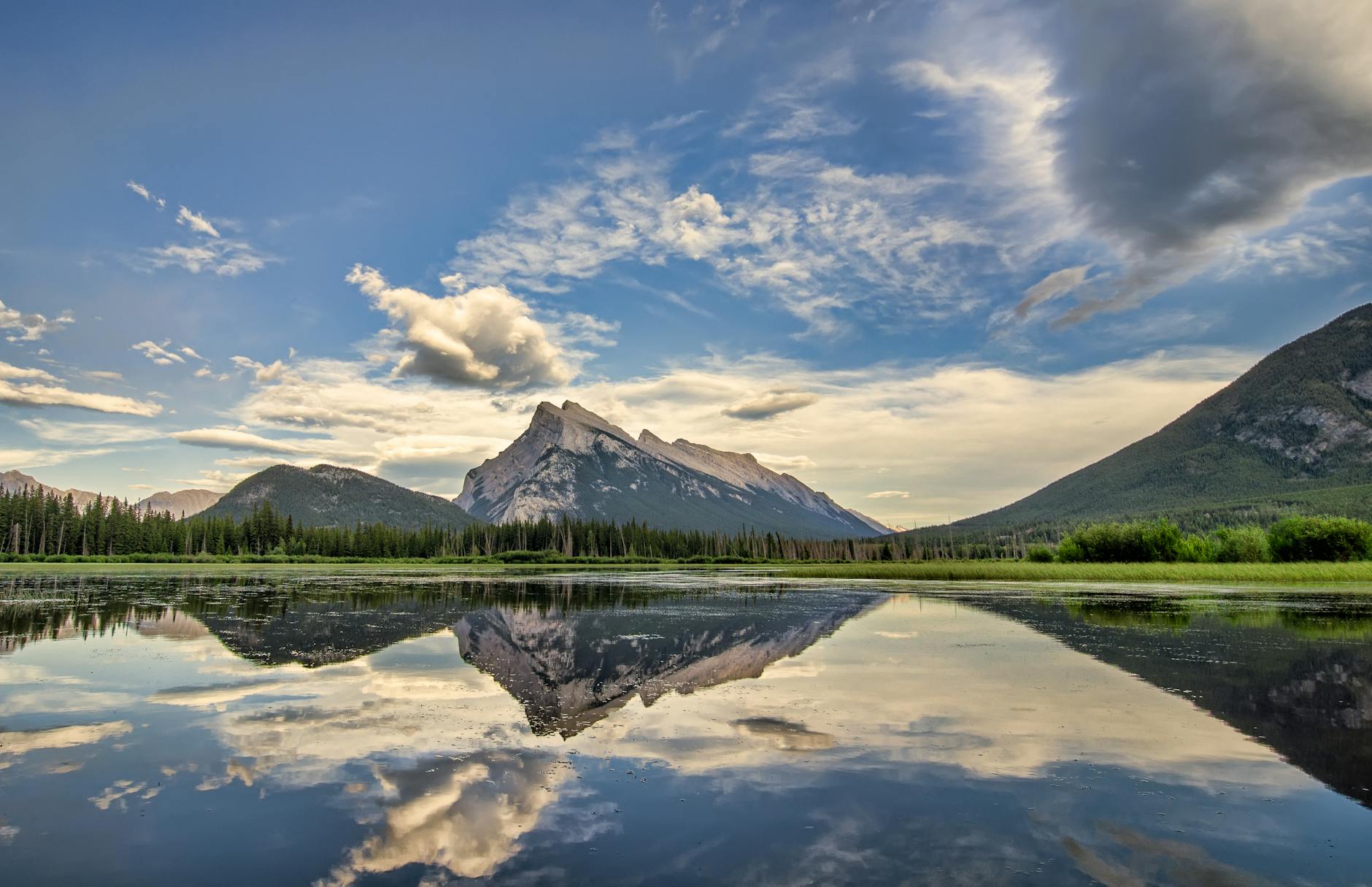Can Tourism in Australia Help Save Endangered Species?

The State of Endangered Species
Many people who delve into the study of endangered species might be familiar with the biodiversity found in the breathtaking landscapes of Australia. Yet, these wondrous habitats, such as the Great Barrier Reef and Daintree Rainforest, face threats that could lead to the extinction of some of their unique species. Iconic Australian animals like the koala and the northern hairy-nosed wombat are increasingly vulnerable, challenged by habitat destruction and climate change.
In contrast, global regions like Africa's Tanzania and Namibia offer a glimpse of diverse wildlife, showcasing the fascinating dynamics between lands and species. On a Tanzania Safari, for instance, one can witness magnificent species roaming freely, supported by ongoing conservation efforts. Similarly, a Namibia Safari reveals landscapes where wildlife both thrives and struggles, underscoring the importance of targeted preservation strategies.
Australia, much like Africa, employs various conservation initiatives to tackle these pressing issues. Current efforts focus on habitat restoration and protective legislation. Despite significant advances, challenges remain in achieving sustainable preservation, including managing invasive species and mitigating the effects of climate change. These efforts require a determined commitment to safeguarding one of Earth's most cherished yet vulnerable biodiversity hotspots. We must strive consistently to build a sustainable future for all these magnificent creatures.
Tourism's Role in Conservation
Tourism plays a pivotal role in preserving our planet's ecological treasures, providing a sustainable avenue for conservation efforts. Ecotourism initiatives have emerged as powerful tools in raising awareness and fostering a love for nature that transcends borders. In the heart of the Daintree Rainforest, for instance, guided tours not only showcase the region’s incredible biodiversity but also emphasise the importance of conserving such ecosystems for future generations. These experiences often highlight parallels between Australia’s natural beauty and the rich ecosystems found in other regions, such as those seen on South America holidays.
When it comes to wildlife sanctuaries and tours, they go beyond mere observation. These initiatives offer immersive experiences that allow tourists to engage with wildlife education and preservation. In places like Cairns, the dedication to safeguarding marine life mirrors the commitments seen on Central America tours, where tourists are educated about marine conservation efforts.
Community participation is another cornerstone of tourism that contributes to conservation. By involving local communities in these initiatives, tourism not only empowers them economically but also instils a sense of ownership and responsibility towards their environment. This symbiotic relationship between tourism and communities creates a sustainable model where both conservation and cultural heritage can thrive together.
Through tourism, the eco-conscious traveller can significantly contribute to local conservation efforts, ensuring that wildlife thrives for generations to come. These ventures not only allow for unique experiences but also fortify our commitment to ecological preservation and cultural authenticity.
Benefits of Tourism for Wildlife
Raising Awareness and Education
As a global effort to protect wildlife, tourism can be a strong ally, offering immersive educational experiences that bridge the gap between people and nature. Galapagos tours are a prime example, where visitors learn about the unique wildlife and delicate ecosystems that require our protection. This model of eco-tourism offers an engaging approach to education, fostering a deep emotional connection with nature akin to experiencing the marvels of the Great Barrier Reef. Through guided tours and interpretative displays, tourists gain insights into the symbiotic relationships that sustain fragile ecosystems.
Funding Conservation Projects
Tourism often channels much-needed funds into conservation. Revenue from activities like Arctic cruises supports initiatives that would otherwise struggle with limited resources. Tourists contribute financially through entrance fees and donations, which directly benefit conservation projects. These funds are vital for the preservation of diverse habitats, ensuring that creatures like those inhabiting the Daintree Rainforest have a fighting chance against threats like habitat loss and climate change.
Economic Incentives for Preservation
Active tourism encourages local communities to view wildlife as a valuable economic asset. By providing jobs and boosting local economies, tourism offers an incentive to protect rather than exploit natural resources. This economic advantage is a powerful motivator for local communities to preserve their environments. Whether exploring vast landscapes or vibrant underwater gardens, tourists play a pivotal role in sustaining these ecological treasures, echoing the natural synergy observed along the Cairns Esplanade’s vibrant coastlines.
Best Practices in Wildlife Tourism
Responsible Tourist Behaviors
In the evolving tapestry of wildlife tourism, cultivating responsible tourist behaviors is fundamental. I urge travellers to engage in practices that minimise impact and boost conservation efforts globally, from the Daintree Rainforest to distant destinations like the Galapagos Islands tours. Encouraging minimal waste, maintaining respectful distances from wildlife, and adhering to local guidelines ensures these pristine ecosystems endure. Moreover, conscious choices such as securing eco-friendly accommodation support sustainable tourism.
Supporting Local Conservation Efforts
What enriches our travel experiences is the opportunity to contribute to local conservation initiatives. By participating in programs and activities dedicated to safeguarding wildlife and their habitats, you directly enhance the sustainability of these efforts. From citizen science opportunities to participating in clean-up drives, there are numerous ways to give back. Collaborating with organisations that spearhead conservation locally strengthens the impact on biodiversity preservation.
Partnerships with Indigenous Communities
Exploring regions alongside Indigenous peoples offers insightful experiences and enriches our understanding of their intrinsic connections to land and wildlife. Partnership drives between tourists and Indigenous communities are vital in fostering mutual respect and sustainable tourism. These collaborations not only bolster cultural exchange but also empower communities to manage their natural resources sustainably. Supporting such partnerships maintains the integrity of these areas while recognising the invaluable role indigenous knowledge plays in conservation.
Mitigating Challenges in the Ecotourism Sphere
Harmonizing Conservation with Visitor Activities
In the realm of the Great Barrier Reef and the ancient Daintree Rainforest, harmonizing the delicate balance between tourism and conservation is paramount. Tourists are granted the opportunity to engage both their minds and spirits through the natural beauty that unfolds before them. However, this privilege comes with the risk of disturbing the habitats we aim to protect. To mitigate this, enforcement of visitor caps and zoning regulations becomes critical. By doing so, we ensure that marine species and rainforest inhabitants continue to flourish without disruption. Regular assessments and community feedback loops provide vital information to recalibrate these measures when necessary.
Guarding Against Habitat Exploitation
The risk of habitat exploitation looms large, especially as tourism numbers rise. In the vibrant, biodiverse ecosystems fringing the Cairns Esplanade, every footstep carries potential repercussions. Sustainable tourism initiatives, combined with rigorous environmental policies, aim to safeguard these pristine landscapes. By integrating technology, such as drone monitoring and data analytics, conservationists can oversee regions prone to illegal activities and address threats promptly. Encouraging tourists to engage in eco friendly travel further alleviates pressures on these ecosystems.
Navigating Management Complexities
Overcoming the pitfalls of mismanagement involves streamlining operations while enhancing community partnerships. Holistic management approaches, which incorporate perspectives from conservationists, Aboriginal custodians, and local stakeholders, ensure an inclusive path forward. Through collaborative platforms, conflicts can be resolved efficiently, and voices previously unheard can contribute to the solution process. Leveraging virtual tours as a supplementary option also shifts some traffic away from fragile sites, thereby reducing immediate physical impacts.


